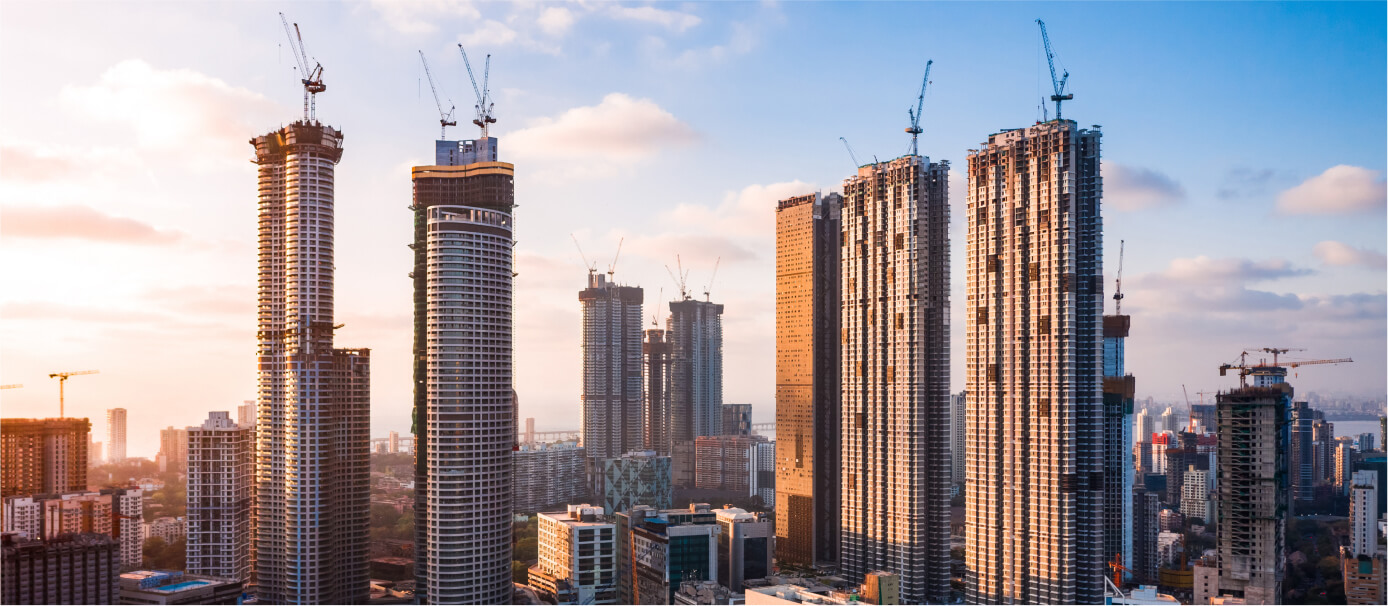The construction sector is at the core of the economy and serves as the nation’s robust backbone.
Accounting for 9% of the GDP, the construction industry is a job powerhouse, employing a staggering 51 million people. It attracts massive foreign investment as well, drawing in $32 billion from April 2000 to September 2023. The future is even brighter, with the sector poised to hit a towering $1.4 trillion by 2025 in India.
The industry is however a largely unorganised one and faces several challenges. Amidst the rapid growth, it faces an unstructured approach, a crunch in skilled manpower, and a slow pace in adopting tech innovations. This results in project delays, budgets ballooning out of control, and operational hiccups. Companies like Sicagen stand out in this important sector as one of the few organized players that provide quality construction materials, combining value-engineering, R&D, and innovation.
The way forward for the industry lies in adopting new technology to improve performance and competitiveness.

Tech innovations: The new frontier
The construction industry in India is changing and traditional methods are making way for tech-infused ones. It’s moving to advanced construction technologies like 3D printing, artificial intelligence (AI), and drones. It’s an exciting shift that promises to propel the industry ahead by leaps and bounds.
3D printing, not building: 3D printing in construction is no longer restricted to the imagination; it’s now a reality. 3D printing not only slashes construction time and costs but also enables the use of sustainable building construction materials. India’s first 3D-printed post office in Bengaluru is a marvel of this innovation.
Crafting digital masterpieces with BIM: Building Information Modelling (BIM) is transforming project management. It’s like having a digital twin for every building, representing its physical and functional form. It’s immensely useful when it comes to design, construction, and management, as it streamlines coordination, reduces errors, and increases efficiency. It’s not just a tool; it’s a game-changer that helps develop more sustainable and efficient building processes.
BIM is already in use in India at the Bengaluru Airport, Nagpur Metro, Delhi International Airport, and the Rapid Transit system in Amritsar, and it is expected to gain much more significance in the coming years.

Blurring realities with VR and AR: The lines between the real and virtual worlds are blurring in the construction industry. With virtual reality (VR), architects can create 3D models of projects and clients can step inside them to take a look long before it is built. Through augmented reality (AR), projects can be visualised as they would appear in the real world. AR can overlay digital projections onto physical objects to provide direction, reduce errors, and increase productivity.
Making construction smart with AI: AI is redefining how we design and manage buildings. It’s not just about creating smarter, more efficient, more sustainable, user-centred spaces, but doing it all in a much shorter period of time.
Removing limitations via drones: Drones are more than just flying cameras; they’re transforming how we see and manage construction sites. They bring efficiency, safety, a bird’s-eye view and easy mapping of the construction site.
Blending tradition with innovation
India’s construction sector is at a crossroads of tradition and technology. The aim is to preserve time-honoured craftsmanship in building materials with the zest of modern tech. This balance is key to a future where heritage meets innovation.
At Sicagen, we’re investing in new technologies and processes, marrying traditional values with modern innovation. Combining ERP-driven insights with strategic decisions, we are committed to contribute to a new technology-driven era in construction.
In essence, as India’s construction industry strides towards a tech-savvy future, it’s the harmonious blend of legacy and innovation that will script a new chapter of sustainable and dynamic growth.


